About Acoustics
Build Your Future With Us
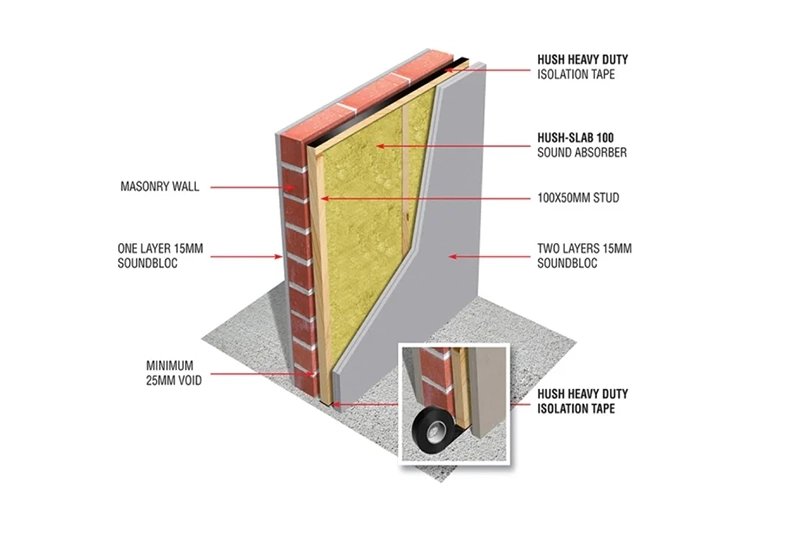
Sound Insulation
Soundproofing refers to the process of reducing sound pressure between a specific sound source and receiver. This can be achieved through various techniques and materials designed to block, absorb, or isolate sound.
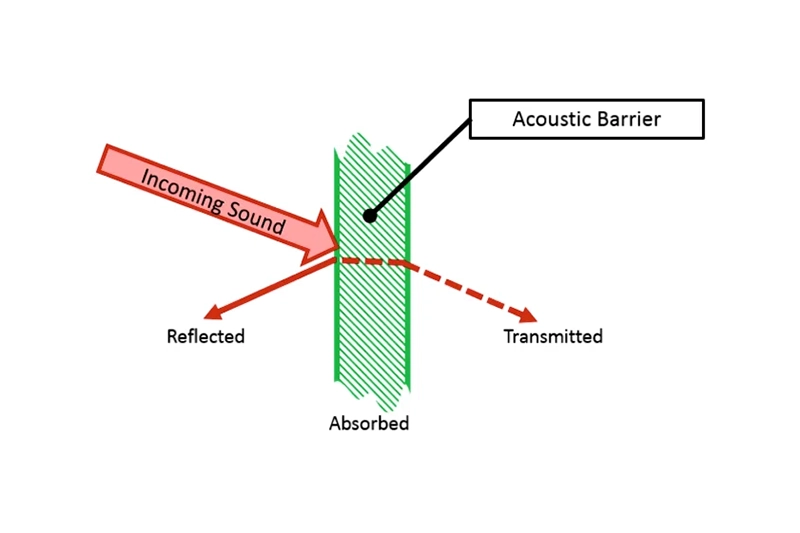
Sound Absorption
Absorption refers to the process of reducing resonance within a room by either absorbing or diffusing sound waves. This helps lower the overall sound pressure level in the space. For optimal results, it is essential to target a wide range of frequencies—low, mid, and high—to achieve balanced acoustic performance.
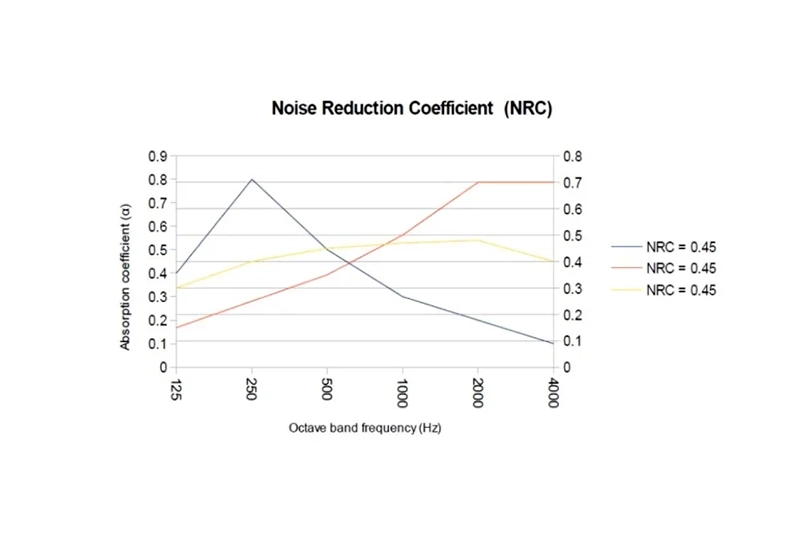
Noise Reduction Coefficient
The absorption capability of a material is measured using the Noise Reduction Coefficient (NRC). NRC represents the product’s ability to absorb sound, expressed as an average of its absorption performance across various frequencies. A higher NRC value indicates better sound absorption efficiency.
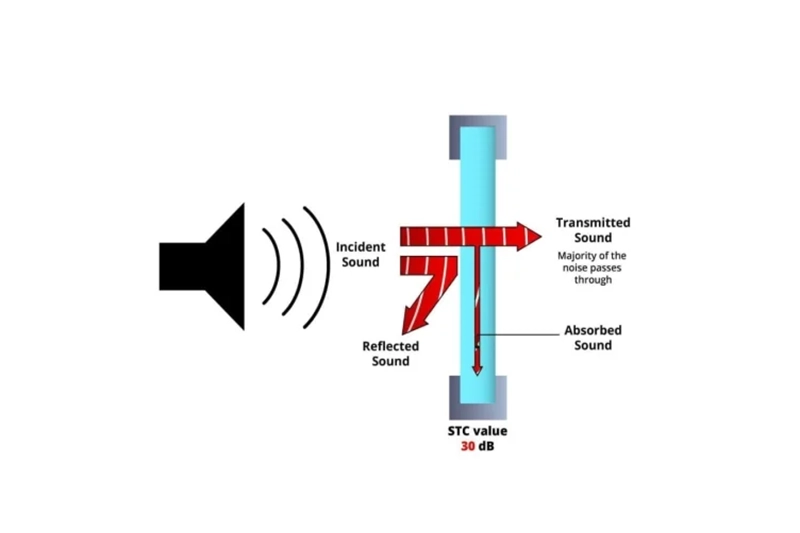
Sound Transmission Class
“The ability of a material to block sound is measured using the Sound Transmission Class (STC) rating. STC indicates how effectively a product can prevent sound from passing through it, based on an average of its performance across a range of frequencies. Generally, the higher the STC rating, the better the sound insulation.
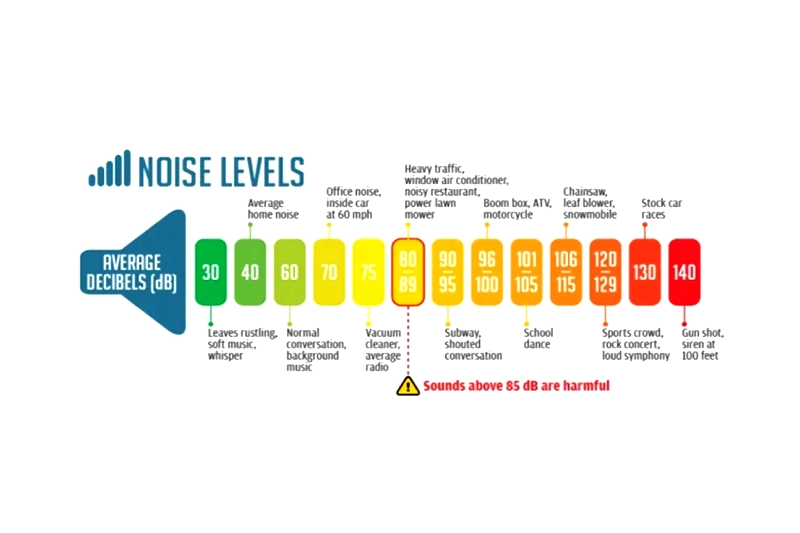
Decibels (dB)
Decibels (dB) are the standard unit for measuring sound levels, indicating how loud or intense a noise is.
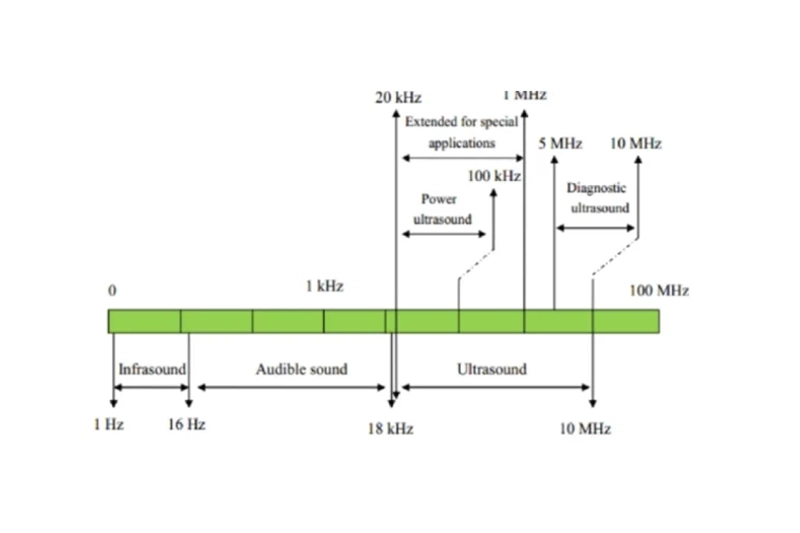
Hertz (Hz)
Hertz (Hz) measures the frequency of sound, indicating how many times a sound wave vibrates per second.
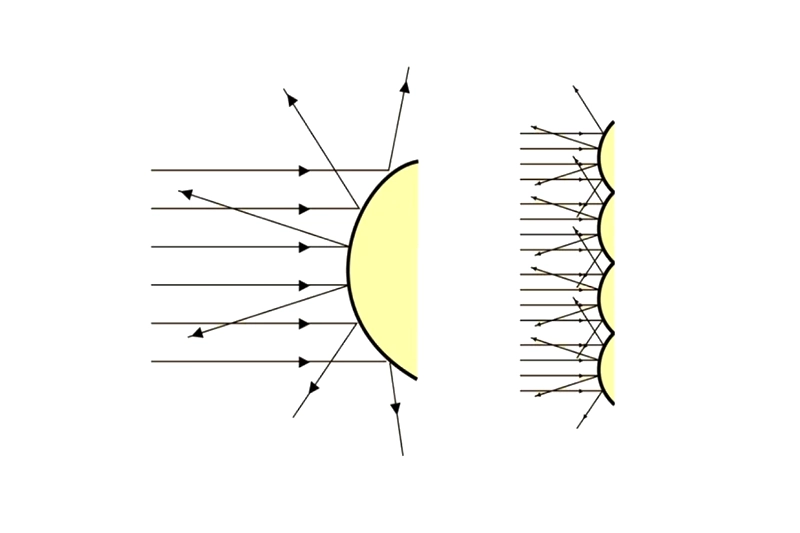
Diffusion
Diffusion refers to the even distribution of sound energy throughout a space. In a perfectly diffusive environment, the reverberation time remains consistent at all listening positions. However, most interior spaces are not fully diffusive, resulting in varying reverberation times across different areas of the room.
